Cats are known for their incredible ability to hide pain and illness. This trait may have served their wild ancestors well, but is much less helpful for our domestic pets. Failing to identify health problems in cats can lead to advanced conditions developing seemingly overnight.
This skill of disguising pain and impaired mobility means that many cat owners do not realize how commonly arthritis affects cats. In fact, up to 60% of cats have some level of arthritis by age 6, with 90% developing degenerative joint disease by age 12.
Despite this large number of affected felines, arthritis goes largely undiagnosed until the pet has serious problems. Follow along as our Aberdeen Veterinary Clinic team shares a fictitious feline’s story. As her owners discover the cause of her issues, you can learn to identify arthritis in your own cat.
Aurora’s arthritis journey
Aurora is an 8-year-old long-haired tortoiseshell cat who has put on a bit of weight over the years. She has become less active as she has grown older, which her owners chalked up to the normal aging process, but unfortunately, Aurora has a serious underlying health problem.
Initially, Aurora gained weight because she had a never-ending food buffet and inadequate exercise opportunities. Eventually, the extra pounds became a burden on Aurora’s joints, and contributed to excess wear-and-tear on joints, cartilage, joint capsules, and bones, which led to arthritis.
Aurora’s ample girth and restricted flexibility and mobility also inhibited her grooming abilities, and her hind end became matted and unkempt. Her owners also realized that she was avoiding her litter box when they found urine and feces near her main hangouts and not in her box in the basement.
Aurora’s owners considered her litter box avoidance a serious problem, so they scheduled an appointment with Aberdeen’s Dr. Fritz to get to the bottom of the issue. During Aurora’s appointment, she assumed her typical exam-table position—crouched anxiously in the bottom of her carrier, refusing to move, and almost impossible to examine. So, Dr. Fritz had to rely largely on clinical signs her owners saw at home.
Aurora’s owners described her reluctance to use her litter box, her unkempt coat, continual weight gain, and refusal to jump on furniture. Based on this history, Dr. Fritz was not concerned that the primary problem was a urinary issue, and instead focused on finding a source of pain. She tried to manipulate Aurora’s joints, but Aurora refused to cooperate, and she did not find any major joint abnormalities.
To help pinpoint the pain’s source, our team took X-rays of Aurora’s elbows, hips, and knees that showed minimal radiographic changes. But, Aurora’s elbows and hips showed evidence of inflammation and joint degradation that indicated arthritis development.
Before our veterinary team started Aurora on a treatment plan, we performed additional diagnostic tests to assess her overall health and organ function and determine if any medical problems were contributing to her arthritis development. Her blood work results were perfect, and a urinalysis revealed no problems. Therefore, we attributed Aurora’s arthritis development to normal joint wear-and-tear, compounded by excess weight.
Since Aurora appeared healthy otherwise, her treatment plan included multiple therapies to help preserve remaining joint cartilage, reduce inflammation, and eliminate pain. We first focused on Aurora safely losing some weight, and recommended a prescription diet that would boost joint health and promote weight loss. Next, we prescribed a low nonsteroidal anti-inflammatory drug (NSAID) dose to reduce inflammation and pain. Since Aurora was so painful initially, we also prescribed a medication to alleviate neuropathic pain.
To manage Aurora’s condition long-term, we plan to administer Solensia injections every month to prevent arthritis-induced pain. Aurora will also undergo regular acupuncture sessions, which are a drug-free, non-invasive treatment modality for managing pain and inflammation.
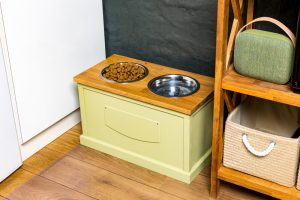
For at-home management, we recommended that Aurora’s owners elevate her food and water bowls, provide ramps or steps to furniture, and replace her litter box with a low-sided box that is kept on the main floor. Making Aurora’s resources easily accessible to ensure she can comfortably access her food, water, bed, and litter box is critical. Also, encouraging daily, low-impact activity through prey-based play will help Aurora lose weight and maintain healthy joints.
Although arthritis is a progressive condition, early diagnosis and intervention can keep affected pets comfortable and mobile for many years. By implementing veterinary care and at-home management techniques, Aurora’s owners are helping their pet regain an excellent quality of life.
If you notice your cat slowing down, finding grooming or using the litter box difficult, or losing the ability to jump like they once could, they may have arthritis. Give our Aberdeen Veterinary Clinic team a call to schedule an appointment to diagnose and treat the problem, and relieve their pain.


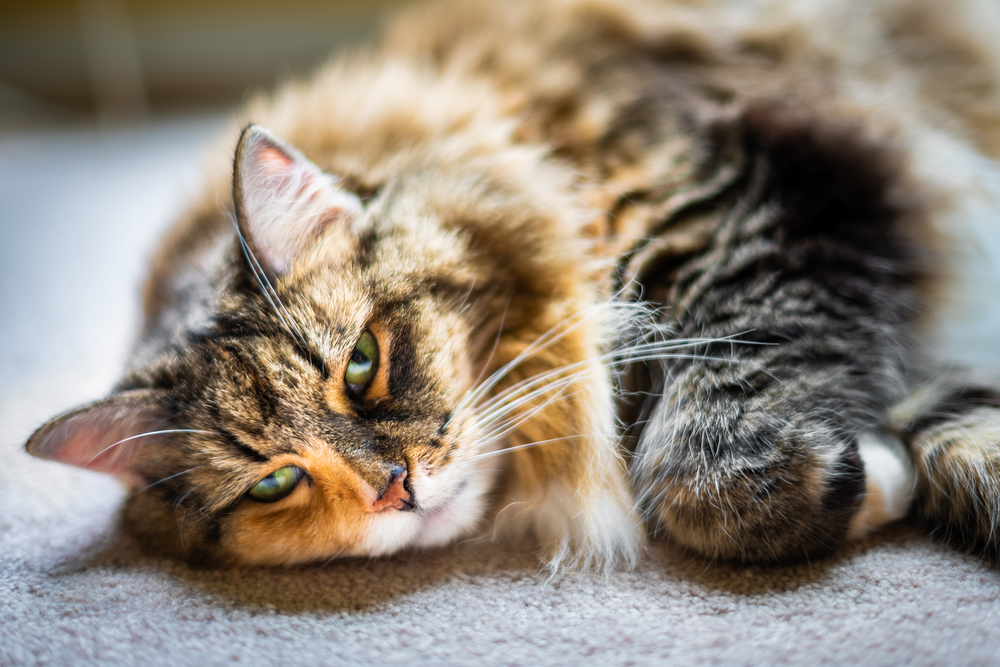
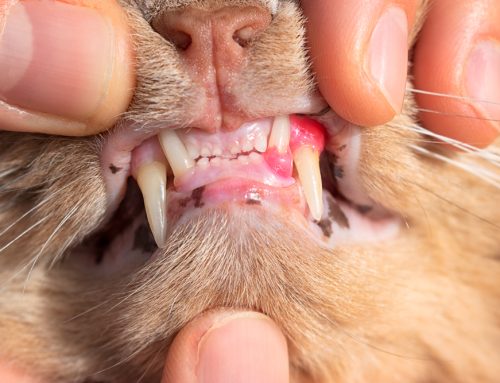
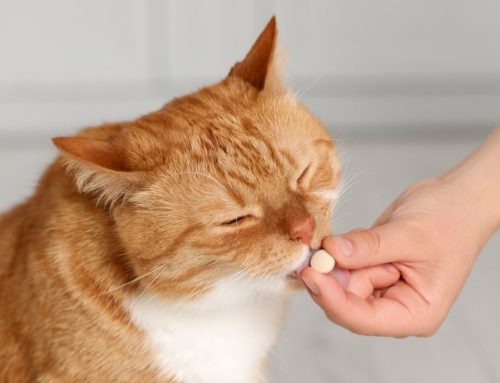

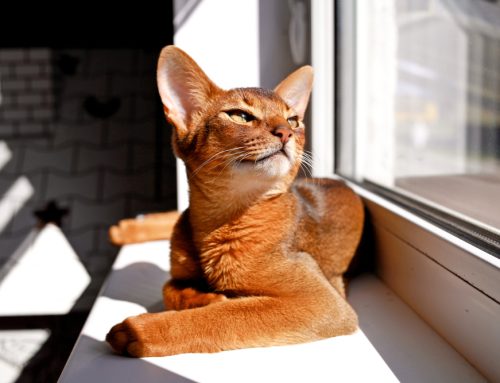
Leave A Comment